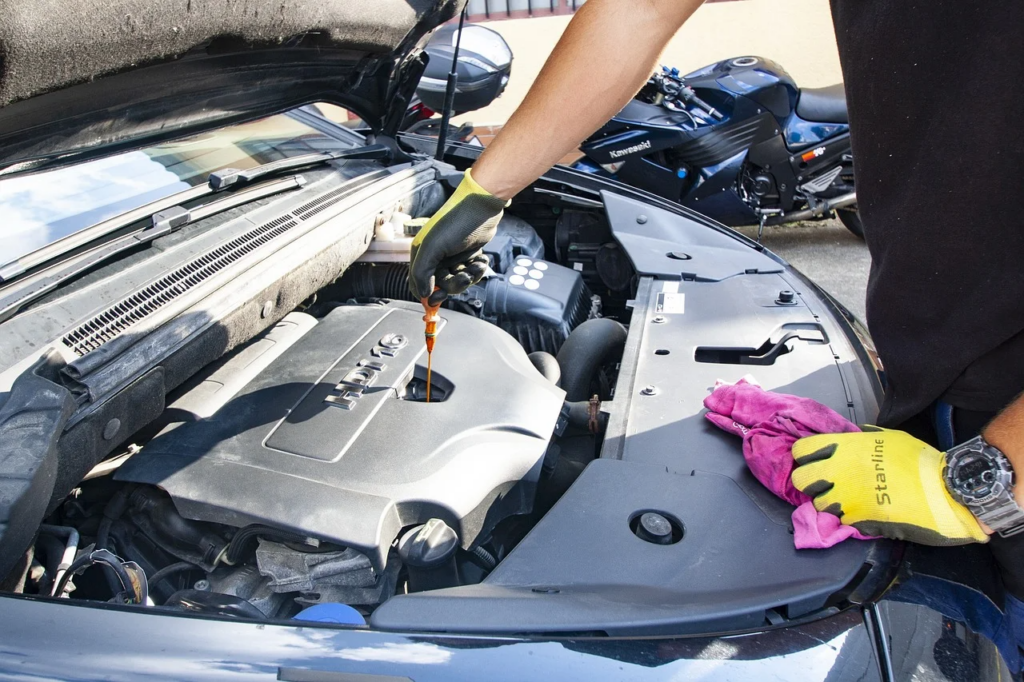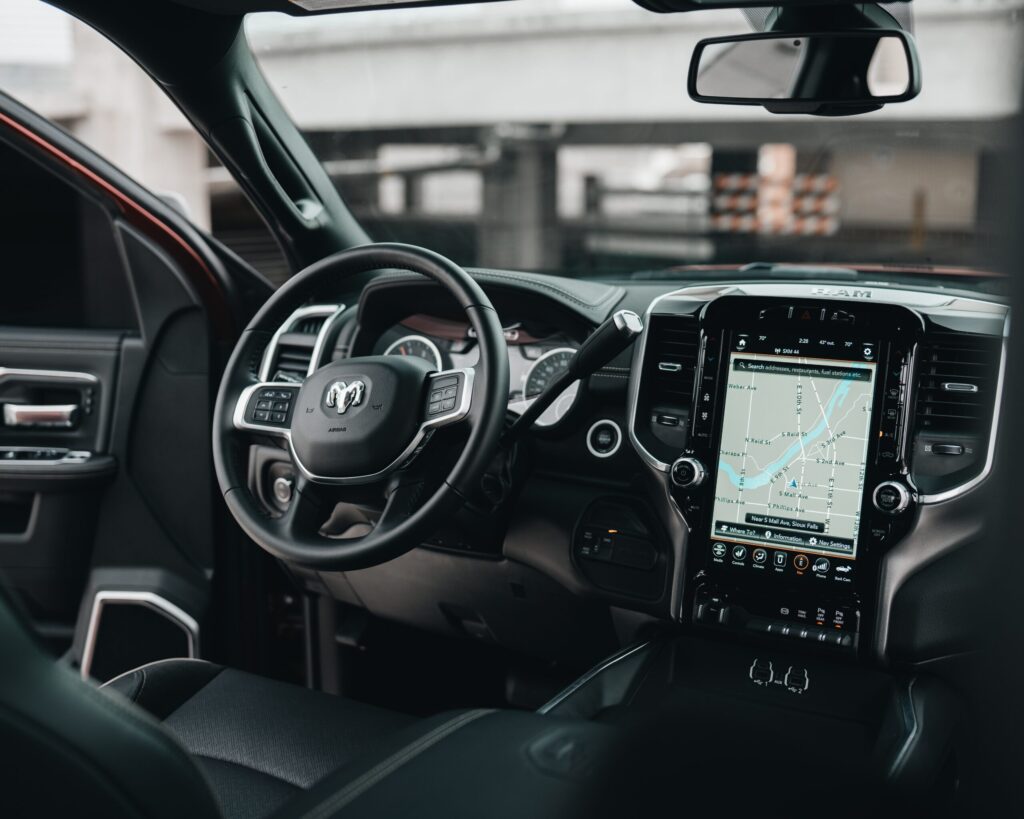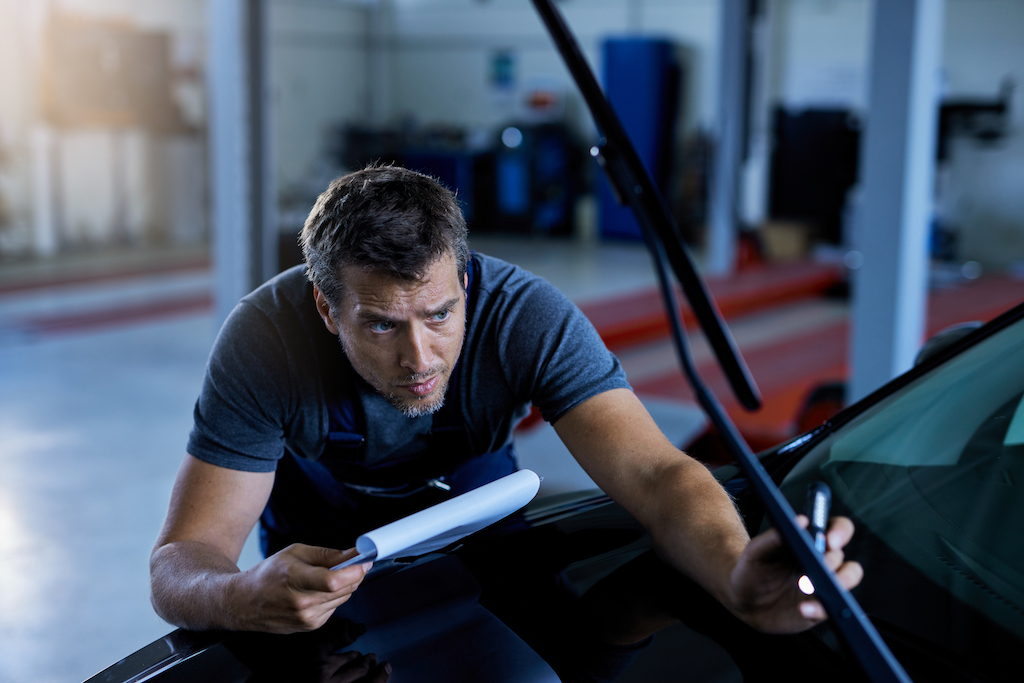The ABC of vehicle roadworthiness testing
A roadworthiness test is a compulsory test for all drivers and must be carried out regularly. However, there may be a number of questions about the roadworthiness test that you would like to have answered before the test.
The ABC of vehicle roadworthiness testing
A roadworthiness test is a compulsory test for all drivers and must be carried out regularly. However, there may be a number of questions about the roadworthiness test that you would like to have answered before the test.
The ABC of a roadworthiness test – passing it successfully
A roadworthiness test is a compulsory test for all drivers and must be carried out regularly. However, there may be a number of questions about the roadworthiness test that you would like to have answered before the test.
How often should a vehicle be checked?
The frequency of the roadworthiness test depends on the type and age of the vehicle. In most cases, vehicles older than 10 years will need to be checked every 12 months, but there are exceptions. For example, O1 and N1 vehicles under or over 10 years of age have to undergo a roadworthiness test every 24 months, while M2 and M3 vehicles over 10 years of age only have to undergo a roadworthiness test every 6 months.
M1 vehicles, i.e. normal passenger cars, are valid for up to 48 months after initial registration. On the other hand, a passenger car under 10 years of age has to undergo a roadworthiness test for 24 months, and a vehicle older than 10 years has to undergo a roadworthiness test every 12 months.
Inspection points in Tallinn
Peetri inspection point
Mustamäe inspection point
Rocca al Mare inspection point

What is checked at the roadworthiness test?
The roadworthiness test can only be carried out at an authorised inspection point and the parts of the vehicle to be checked are laid down in the relevant Regulation.
The roadworthiness test includes:
- Brake system inspection, which includes a check of the driving and hand brake, pedals and the technical condition of the brake system. The brakes are inspected visually, by means of road tests, by actuation and by disconnection.
- Steering equipment inspection, where the steering gear, steering wheel, steering column and steering wheel are examined and tested.
- To ensure visibility, the condition of the glass and mirrors is checked, any spots or scratches are assessed and the operation of the various nozzles is checked.
- To ensure the correct functioning of lights, reflectors and electrical equipment, the operation of the lights shall be checked by means of an appropriate device and a light test.
- To identify the vehicle, the driver is required to produce the vehicle documents, and the manufacturer’s identification and registration plate are checked.
- The vehicle shall be checked on a canal or on a lift to ensure that the running order of the chassis and suspension is correct.
- Exhaust emission measurement includes the measurement of exhaust emission levels and noise. In addition, possible leaks are also checked.
- Safety equipment checks include seat belts, airbags and their compliance with the requirements laid down. All equipment must be in working order.
How do I pass a roadworthiness test?
It is important to carry out a prior check in order to pass the roadworthiness test. By checking the technical condition of your vehicle both visually and mechanically before you go in for the roadworthiness test, it is possible to detect and correct faults before the test. In addition, adequate preparation can help avoid re-inspections, which often cause extra stress and strain for drivers to carry out urgent repairs.
In addition, arriving at the roadworthiness test with a warm engine will help to ensure that the vehicle passes the test. As the roadworthiness test also includes checking exhaust levels and leaks, the extra lap before arriving at the roadworthiness test helps to burn off any excess soot and to get the most accurate emissions result possible. As the measurement of exhaust levels helps to control the environmental damage caused by vehicles, it is an extremely important part of the roadworthiness test.
Be sure to come to the roadworthiness test with both your own documents and those of your vehicle. If neither of these is present when you arrive at the roadworthiness test, you will not be able to have the test. A vehicle registration certificate together with an identity document is required to register the vehicle for the roadworthiness test.
Where can I get a roadworthiness test in Tallinn?
In Tallinn, we carry out a roadworthiness test at Tehnoülevaatus point at Ehitajate tee 116. We also offer roadworthiness tests in Peetri, at Helgi tee 4. Book your roadworthiness test conveniently and quickly on the website!
Peetri
Mustamäe and Õismäe
Rocca al Mare
Useful articles about vehicle inspection in Tallinn
Road safety and roadworthiness tests – why it’s important to keep your car in good technical condition
Road safety and roadworthiness tests - why it's important to keep your car in good technical condition.
Road safety and roadworthiness tests are closely linked, as the majority of vehicles on the road are subject to annual roadworthiness tests. We often give little thought to the safety of our cars on a day-to-day basis, but the fact is that every time we get behind the wheel, our safety and that of our fellow road users depends to a large extent on the technical condition of our vehicle.
How to prepare your car for a roadworthiness test
The purpose of the roadworthiness test is to ensure that your vehicle is safe on the road and as environmentally friendly as possible. Although you must have your vehicle checked regularly at authorised service stations, depending on its age, you can also prepare...
Car inspection in Tallinn
Car inspection is the process of checking the technical condition of vehicles to ensure that they are safe and environmentally friendly to drive. During the car inspection, we check that the vehicle is properly maintained and in working order.Car inspection is the...
Vehicle inspection – everything you need to get your vehicle checked over
An inspection is one of the most important responsibilities of every driver to ensure a safe driving culture for all road users. Compulsory inspections of different vehicles are carried out regularly, but depend on the age and type of vehicle.Car inspection - take...
© tehnoülevaatus.ee | Profdiagnostik Ltd - is recognised as a professionally competent measurer in the field of accreditation.
Measurements for technical inspection of vehicles. Estonian Accreditation Centre No. E113




